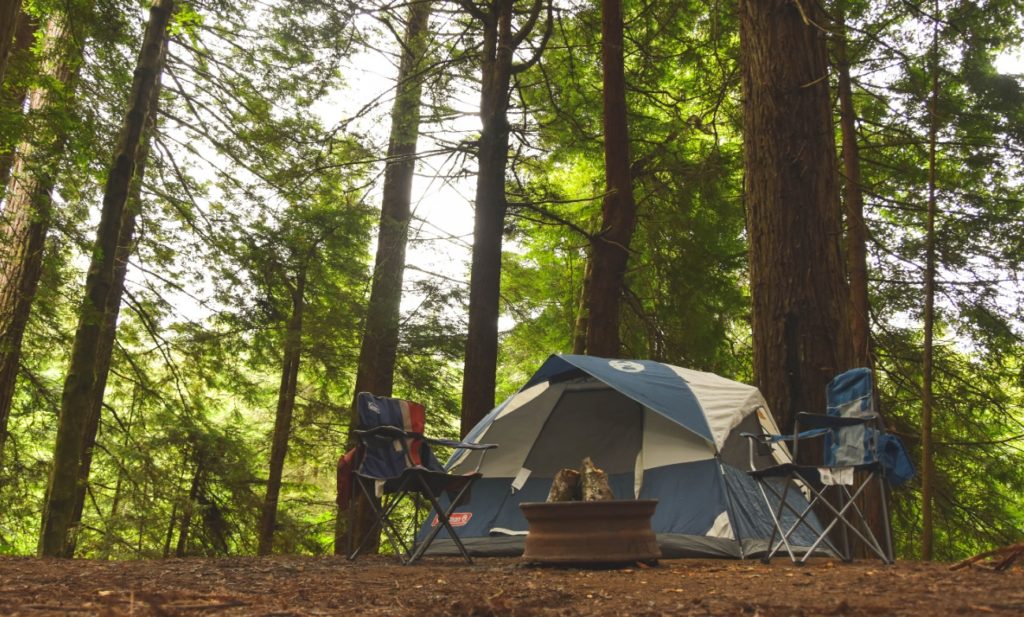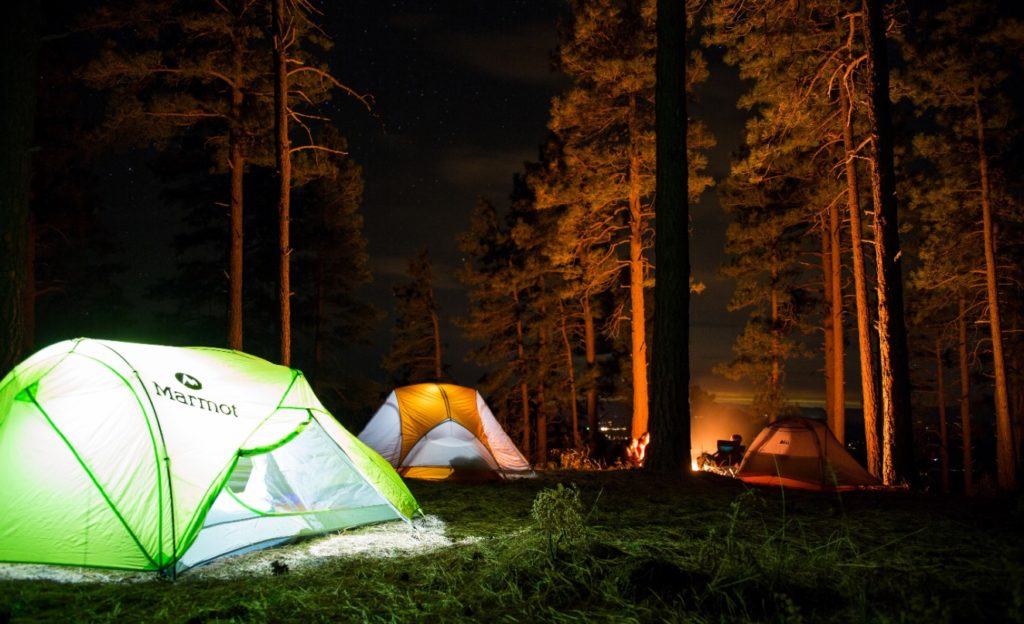Camping is an essential way to experience nature in its purest forms. Such trips happen in the rugged mountains or forests mainly which experience some of the harshest weather conditions. To combat the cold nights, one needs proper comfortable warmth, and that’s why it’s better know how to cool a tent without electricity as well. This life hack will surely help you a lot in your camping expeditions.
The thing is that when this warmth exceeds the limit, it becomes dissatisfactory and uncomfortable, especially during the summer months. Obviously we won’t be having appliances like heater and all inside our tent. Electricity isn’t something that we can expect while camping. So it’s better to know the tricks to cool a tent without its support.

8 Ways on How to Cool a Tent Without Electricity in 2020
In last winter I was camping in Rajasthan, India, and the temperature was very hot indeed. In fact I wasn’t fully prepared at that time to fight that. So I don’t want you to go through the same trouble like mine. So I thought of writing this guide on how to cool a tent without electricity here, so that you can learn about the best methods to keep you relaxed inside your tent.
1. Material of the tent
The heat retention capacity of the tent largely depends on the material of the tent. Nylon and polyester are the most popular materials which are lightweight, cost-effective and helps in keeping the tent cool. On the other hand, the canvas is expensive, heavy and is good at maintaining the warmth inside the tent. Canvas tents are best suitable for car camping or truck bed tents.
2. Shape of the tent
The dome-shaped tents are very comfortable in winter but can become extremely hot in summer. Cabin tents are best for a family vacation. The bell tents give scope for the tent walls to be folded up allowing smooth airflow and changing the canopy creates a social area too.
3. Setup of the Tent and Location
Selection of a good spot for setting up of the tent needs keen and careful observation for optimum comfort. Setting it up away from the sun will reduce excessive heating. It is advisable to set up the tent in a shaded area which will allow lesser absorption of heat. Another idea to prevent the tent from being heated up is to place it in the wind direction. If it is pitched facing the breeze, the tent will remain well-ventilated and cool.
4. Proper Care while Setting up the Tent
Careful planning and proper care are required for setting up a comfortable tent. It should sit on a footprint or a tarp. The smaller insulation help it to remain cool. Digging a pit of around 2 feet and placing the tent inside it can also give desirable results. As the tent remains closer to the ground it remains cooler and loses the excess heat fast. If you’re interested to know how to cool a tent without electricity, then you shouldn’t skip this step.

5. Removing the Rainfly
A lot of tents have rainfly attached to it mostly covering the mesh roof. Removing the rainfly will allow increased airflow and better ventilation allowing it to lose the excess heat fast and keeps it cool. This method is better for cabin tents as most of the dome tents become transparent without the rainfly. Tying up the rainfly with the nearby branches of the trees will provide the necessary shade and proper ventilation without any obstruction.
6. Using Emergency/Survival Blankets
Covering the entire with survival/emergency blankets can help it to keep the tent cool. The proper technique of doing it is to keep the shiny surface of the blankets towards the sun thereby creating a reflective tent cover. These blankets reflect the heat away from the surface of the tent thus keeping it cool. Hanging a shiny rainfly over the tent will also give similar results.
7.Knocking Down the Tent During Daytime
If the maximum time of the day is spent in outdoor activities, then it is advisable to knock down the tent during the daytime. This will not allow the heated air to get trapped in the tent. If the tent stays out of the sunlight during the daytime and is set up after sunset, the result will be much more cool and comfortable.
8. Using Battery-powered Fans and Passive Cooling
Carrying battery-powered portable fans can be helpful. It will supply the necessary airflow keeping the inside of the tent cool and comfortable. To beat extreme heat, some ice can be placed in a trough behind the fan for extra cooling effect. Such ice-cool air will give a refreshing feel.
So, from the above discussion on how to cool a tent without electricity, it is clear that a little bit of careful planning is essential for enjoying a comfortable camping adventure experience. The above discussed quick hacks are extremely useful for summer or hot weather camping. As because not all the campsites possess active and usable electric supply, therefore these tips can be useful to keep the tent cool and comfortable without using electricity.
- Freediving Fins vs Scuba Fins: A Detailed Comparison - February 21, 2022
- How to Use Hammock Straps (A Step by Step Guide) - February 21, 2022
- 8 Best Places to Fish in Ohio (With Complete Details) - February 20, 2022
